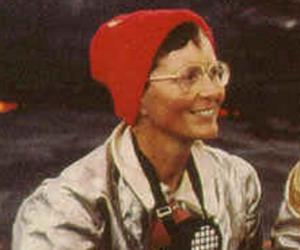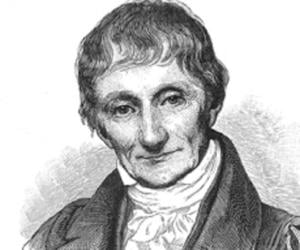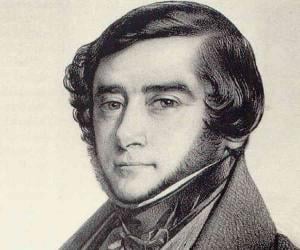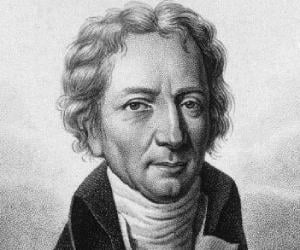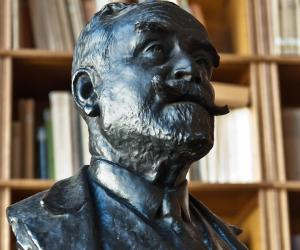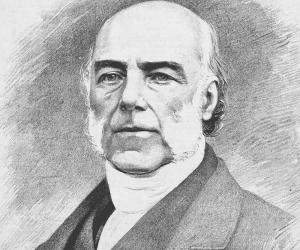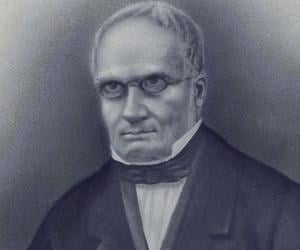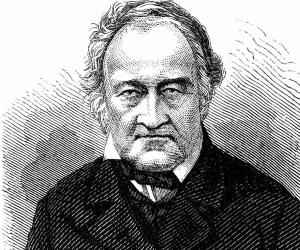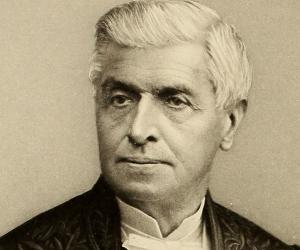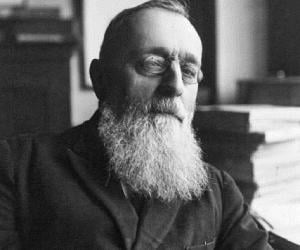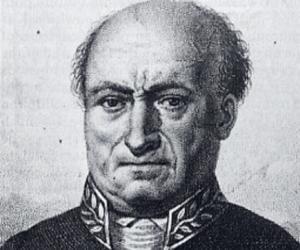1
Conrad Schlumberger
(Geophysicist)

21
5
Birthdate: October 2, 1878
Sun Sign: Libra
Birthplace: Guebwiller, France
Died: May 9, 1936
Conrad Schlumberger was a pioneering figure in geophysics and well logging. He graduated from École Polytechnique and worked as a mining engineer before conceiving the idea of using electrical conductivity to prospect for metal ore deposits. Together with his brother Marcel, he founded Société de Prospection Electrique and developed the first wireline electric log. This technique, initially called an "Electrical Survey," revolutionized the industry and laid the foundation for Schlumberger Well Services. Conrad's innovative contributions led to significant advancements in exploration geophysics.
